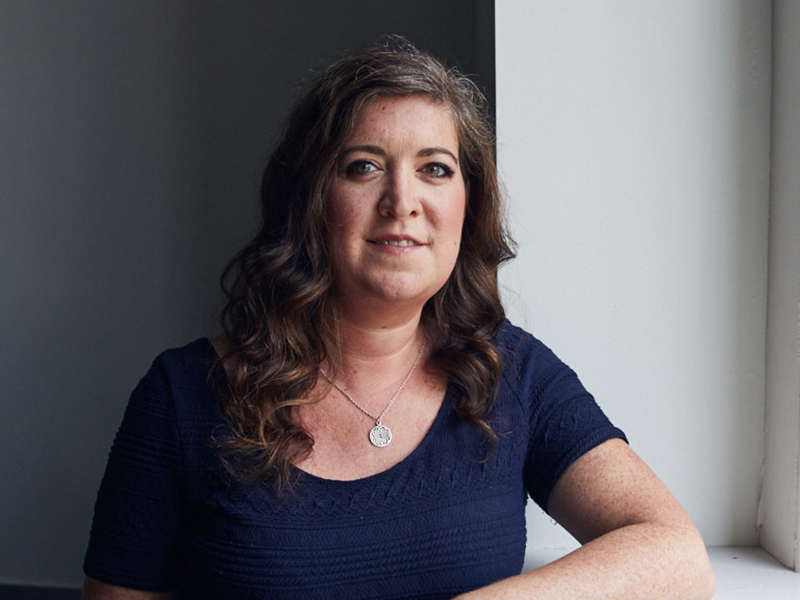

The uniting theme at the 2022 Defined Contribution Plan Summit was financial wellness, a chief concern for any employer that offers a pension plan to its workforce.
In particular, with inflation reaching its highest level in four decades and people facing several competing financial priorities, including simple day-to-day expenses, plan sponsors are bringing flexibility to their programs as they focus on catering to different needs and expanding the scope of their savings options.
The coverage of the 2022 DC Plan Summit showcases some of these leading employers. Simon Cabral, Scotiabank’s director of global DC plans, described how the organization’s various offerings — including its DC plan, employee share ownership plan, benefits plan and discounts on bank services — all tie into employees’ financial well-being.
Read: 2022 DC Plan Summit: How Scotiabank connects financial wellness to overall well-being
“When you’re thinking about it from a financial well-being perspective, in inflationary times like this, when you’re looking to save money, get your dollar to go a little further, taking advantage of programs like this can really go a long way. Part of our role is to better educate our folks on that so they can do just that.”
Carol Craig, director of pension and benefits at TELUS Corp., shared the organization’s new in-plan decumulation options, which were designed with flexibility in mind. In July 2021, the company introduced variable benefits, a group life income fund and group retirement income fund. “Our [plan members] wanted the ability to have flexibility with their funds, they didn’t want to have to leave all of it locked in and so . . . to enable that for them, we put in the LIF.”
During a panel discussion, three DC plan sponsors also talked about incorporating flexibility into their savings plans to cater to members’ divergent financial needs. When the coronavirus pandemic forced Niagara Casinos to lay off 96 per cent of its staff, the organization shifted its focus to its group tax-free savings account, which was introduced five years ago to help employees with emergency savings, said Kate Interisano, the organization’s compensation and benefits manager.
Read: 2022 DC Plan Summit: How are DC plan sponsors modernizing their savings plans?
Foresters Financial also offers a TFSA alongside its DC pension and a group registered retirement savings plan. While a mandatory three per cent employee contribution goes into the DC plan along with a full employer match, plan members can put voluntary contributions into any of the three plans with the organization’s match going into the DC plan.
Since the group RRSP and TFSA were introduced in 2021, about 25 per cent of employees put money into these savings vehicles, which demonstrates how people have different financial needs, noted Ken Adams, vice-president of total rewards at Foresters Financial.
Josee Turgeon, Domtar Corp.’s vice-president of total rewards and human resources, spoke about the importance of flexibility in how plan members can use their savings, referring to the federal government’s new tax-free first home savings account. “The younger workforce would prefer to have money put in [that] new vehicle and we could match there, so I definitely also see more flexibility in the offerings for our employees and the long-term financial well-being of the employee, not just retirement. It’s much broader.”
Read: 2022 DC Plan Summit: Kraft-Heinz merger kicks off review, streamlining of pension plan
While Kraft Heinz Canada’s mandatory DC plan appears contrary to the trend of flexibility, it also introduced a new benefits plan design that allows employees to carry their leftover flex credits into a group RRSP or TFSA. As well, the organization is exploring a student debt repayment program and a roundup program, which would provide employees with the ability to round up their credit card purchases and contribute the extra amount into a savings plan.
“It’s another savings vehicle for employees,” said Tracy Fogale, Kraft Heinz Canada’s senior manager of compensation and benefits. “[They] can use those funds to not just pay off student debt, but . . . credit card debt, other investments or debts that [they] may have. So we’re trying to get creative to see how we address [those competing financial priorities] many Canadians are facing.”
And when Canadian Forest Products Inc. launched a multi-year financial wellness program in September 2020, it was important to focus on more than just retirement, said Lisa Weber, the organization’s pension and benefits advisor.
Read: 2022 DC Plan Summit: Canfor’s multi-year financial wellness program goes beyond retirement
The program had to cater to different financial priorities and different employee groups — salaried and hourly, non-unionized employees in a DC plan and hourly unionized workers in a legacy DB plan. “We felt a multi-year program would give us enough traction to create the material and financial building blocks for all our workforce generations.”
Indeed, across all generations, the financial road ahead is uncertain. As we all face down rising inflation and interest rates, leading to higher prices at the grocery store, the gas pump and nearly everywhere else, our financial well-being is undoubtedly taking a hit.
Read: 2022 DC Plan Summit coverage: What’s next for DC plans?
In addition, the current tight labour market has knocked the ball firmly into employees’ courts, so employers looking to attract and retain the best talent must address these challenges and incorporate flexibility into their total rewards offering, including savings programs.
Jennifer Paterson is the editor of Benefits Canada.
